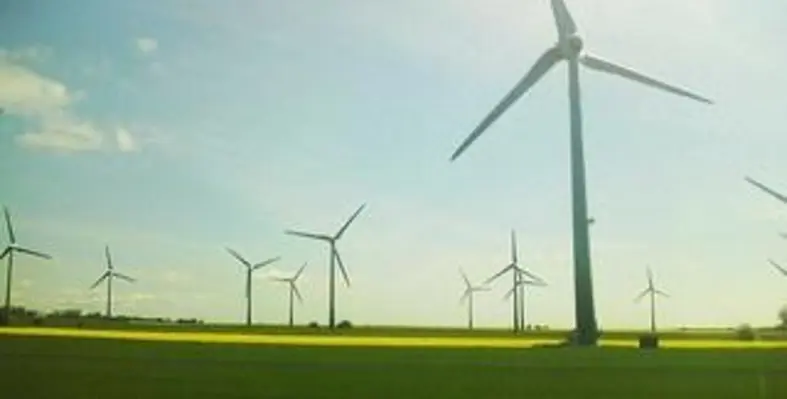Page 2 of 2SDE undertakes planning, building and marketing of plants producing wave-generated power. Its method consists of using the motion of the waves to generate hydraulic pressure, which is then transformed into electricity.
Ovadia said, “The system harnesses waves’ speed, height, depth, rise and fall, and the flow beneath to produce energy. The model has been approved by experienced engineers.”
The system developed by SDE has the ability to supply 500 times more power than current worldwide wave energy consumption. Also, being completely fuel-free means that the SDE systems are cost-effective, at a time when the price of an oil barrel is over $95.
Furthermore, Ovadia added that the price of building a 1MW power plant operated by SDE amounts to $650,000, compared to the $1.5 million for coal, $900,000 for gas, $3 million for solar energy, and $1.5 million for wind power.
Meanwhile, global solar panel manufacturer Solar Outdoors Lighting (SOL) intends to install street lights in major East African cities.
Through its regional agent, Solar Light Ltd, SOL will install solar lighting in Nairobi, Kampala, and plans are underway to extend to Rwanda, Tanzania and South Sudan.
Kenya has set aside $11.78 million for the lighting project, which targets at least 12 streets in Nairobi and major highways connecting the country’s key cities.
Solar Light managing director Nicholas Kirui said, “We tested solar street lighting alongside other companies from other countries. The Nairobi City Council approved our products.”
In Uganda, SOL, in partnership with Sharp Electronic Technology Ltd, has planned a similar project in Kampala starting in June 2012.
Uganda has been working hard at reducing overreliance on hydropower and in 2011, the government set up a $12.1 million fund to ease the private sector’s entry into energy generation projects.
So far SOL has already channelled over $141,000 into the project estimated to cost $2.5 million.
In the past 20 years, SOL has manufactured over 70,000 streets lights in over 65 countries in six continents, 25,000 of which are in West Africa.
Mwangi Mumero



